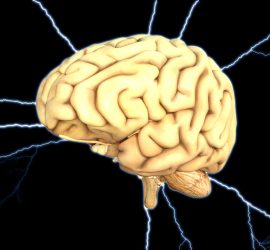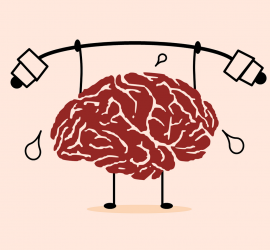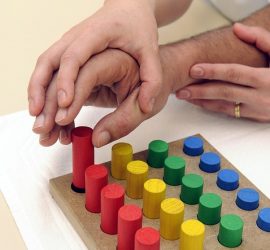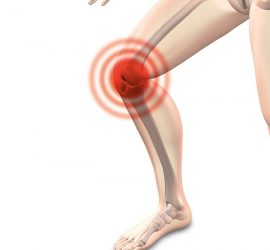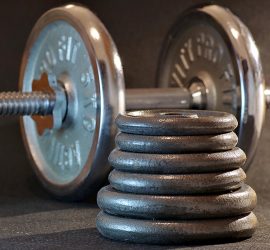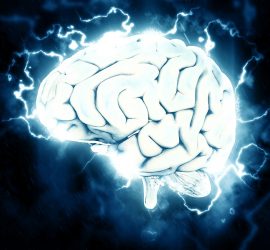The speed of strength: how often should you train one arm to increase strength in both arms?
Single limb resistance training improves strength not only in the trained limb, but also in similar muscles of the untrained limb. The increase in strength in the untrained limb, commonly known as ‘cross-education’, is due to a strengthening of connections within the brain and spinal cord (Farthing and Zehr, 2014). […]

